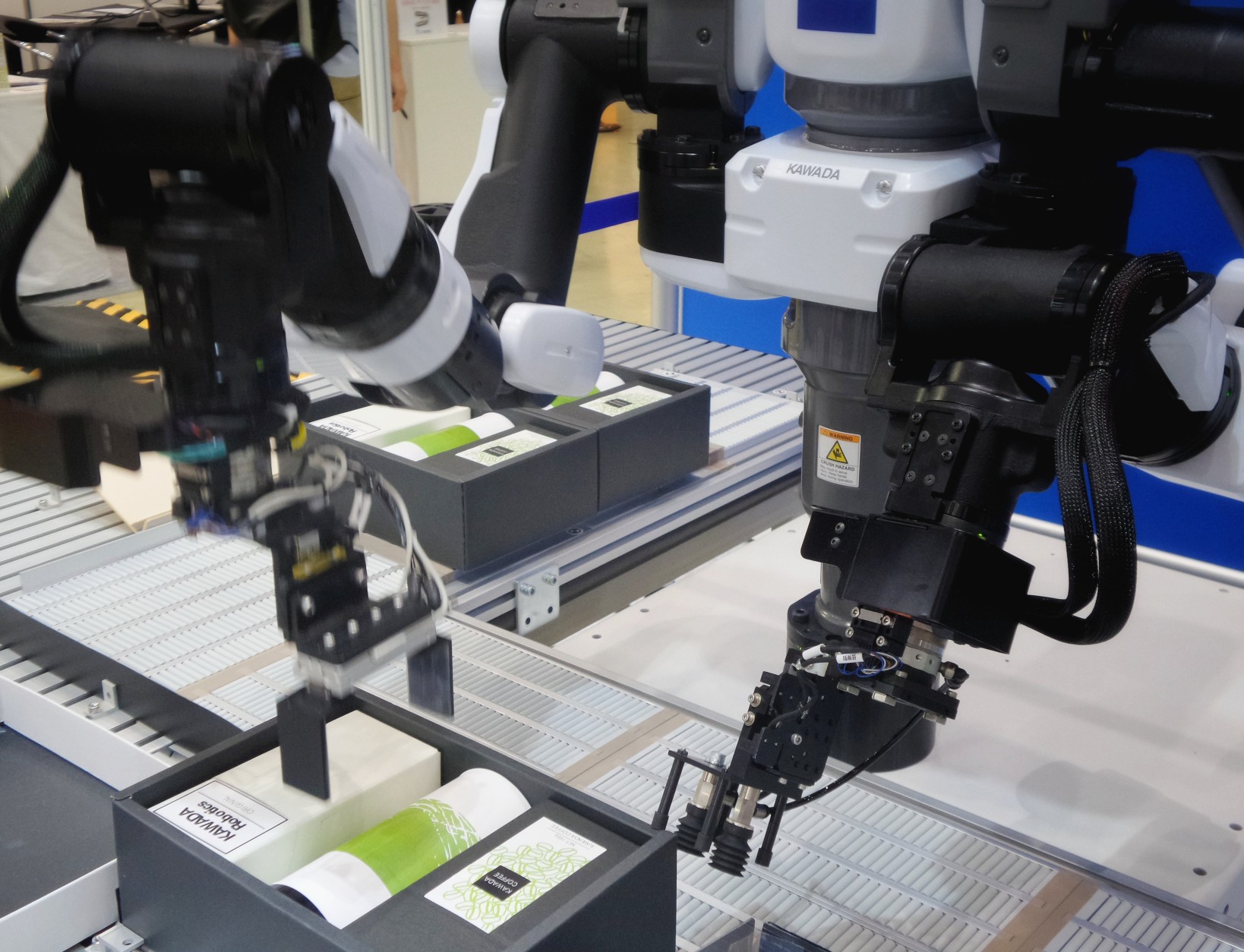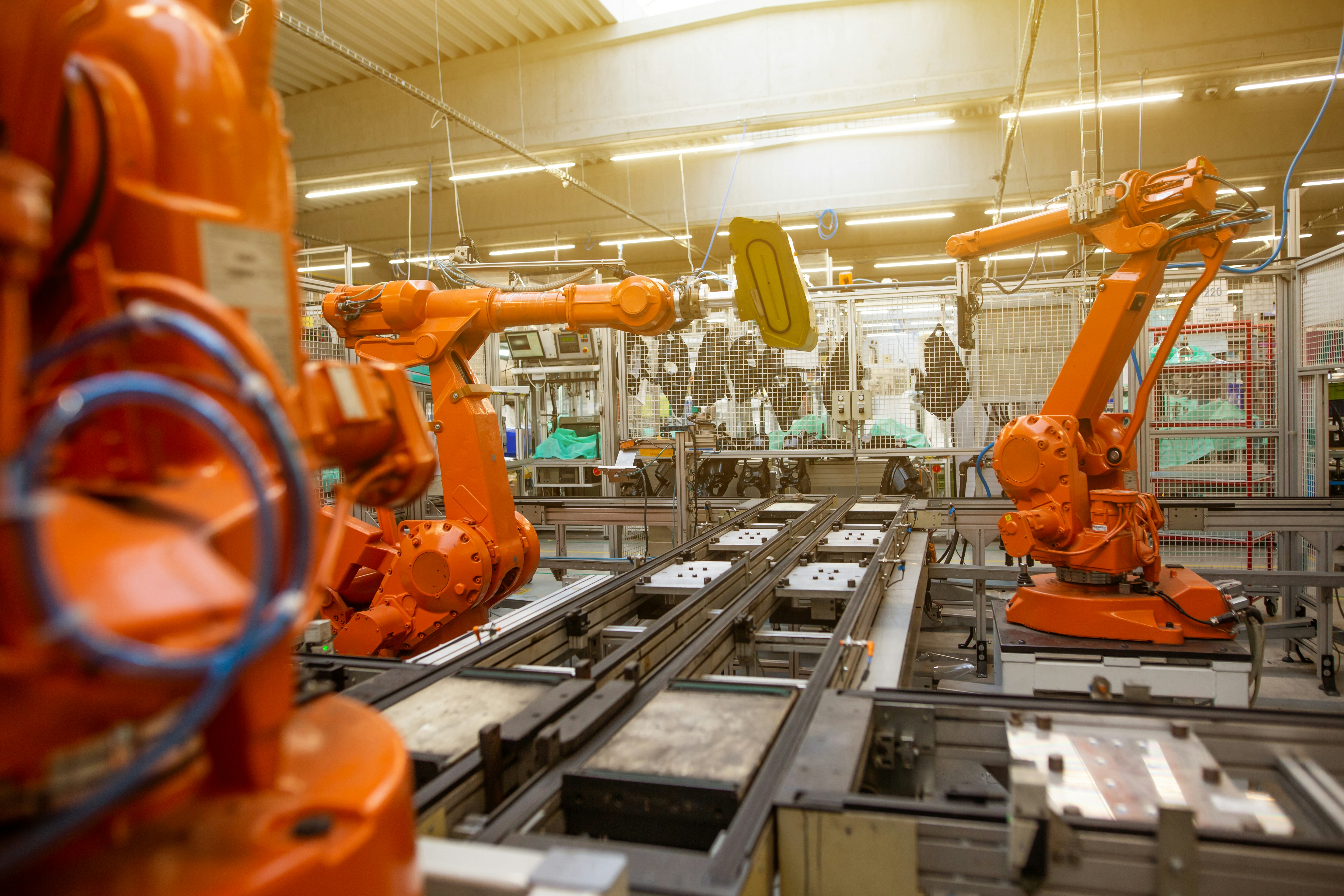Don't Overlook Vibration in Robotics Design

As technology rapidly develops, people rely on robots to perform tasks more and more. Robots have become a mainstay of everyday life, from the industrial and manufacturing sectors to common household appliances. However, along with the evolution of robotics precision, designs have become more complex.
Greater complexity is a double-edged sword in robotics design. While it means robots can do more, engineers must account for many factors that could stop the robot from functioning. One of those factors is vibration.
What Are Mechanical Vibrations?
Mechanical vibrations are precisely what they sound like — vibrations caused by machines' operation. Complex machines have many moving parts that serve different functions for the machine to operate, which produce vibrations.
While seemingly harmless, mechanical vibrations can be a contributing factor to machines breaking down in the long term. Vibrations take a toll over time, straining the machine's parts the longer it is in operation. This stress will culminate in damage to the components, requiring companies to replace them eventually.
Wear and tear due to mechanical vibrations is an inevitable part of engineering — and it's a big concern regarding robotics precision.
How Mechanical Vibrations Affect Robotics Design
The more vibrations a robot's parts produce, the greater its chance of breaking down or performing sub-optimally. For example, many robots specialized in the industrial sector require precise and rapid movements as the key to their functionality.
These robots primarily operate on mechanical joints to move and perform tasks. These joints can produce vibrations that, while seemingly minuscule, affect the robot's performance. Vibrations from the joints impede the robot's movements, slowing it down and making its actions less accurate.
A robot suffering from decreased functionality can slow down production and make mistakes when assembling products. At worst, robots designed for dangerous jobs, such as lifting heavy objects or handling hazardous materials, could malfunction at the wrong time — causing a major accident that injures human workers.
As robots become more complicated, they increasingly rely on more moving parts. That’s why reducing mechanical vibrations is one of the most significant challenges in robotics design today.
Reducing Mechanical Vibrations for Robotics Precision
Since mechanical vibrations are produced as a result of the robot’s basic operations, finding a way to reduce them requires significant research and testing. Robotics engineers must first determine what kind of vibrations the robot produces.
Measuring Vibrations
In order to find methods of reducing mechanical vibrations, robot engineers have to measure the frequency and amplitude of the vibrations occurring in the machine.
The frequency of the vibrations indicates the number of times an object vibrates per unit of time. This measurement is known as cycles per second or Hertz. Depending on the robot, an alternative unit of measurement are cycles per minute (CPM).
Measuring frequency is the most fundamental part of pinpointing the source of the vibrations. Every moving part of the robot vibrates at a different frequency, meaning each vibration source needs a different solution.
Measuring the amplitude of the vibrations can serve as an indicator of how severe it is. The higher the amplitude, the greater the vibration is — and the more damage it can cause. Parts of the robot that are in operation more frequently produce greater vibrations as time passes.
There are multiple ways to measure amplitude. Displacement amplitude measures the distance a part travels in one direction while vibrating. Velocity measures the speed of the vibration. Acceleration measures the strength of the vibration in comparison to other sources.
Vibration Isolation
Once the frequency and strength of vibrations caused by a robot's moving parts have been measured, engineers can design vibration isolators to suppress these vibrations. These work by absorbing the energy from mechanical vibrations, reducing their frequency and dampening their power.
Vibration isolators are created using a combination of elastic elements and a dampening material. An excellent example of a vibration-isolating device would be the suspension systems and interior foams in cars.
Since the main culprit behind mechanical vibrations in robotics is the robot's joints, engineers are finding creative ways to implement vibration isolators in their designs. In industrial robots, this implementation comes in the form of the precision ball cycloidal reducer.
A precision ball cycloidal reducer is a gearbox that uses strain-wave gears instead of the norm to provide the robot with greater resistance to vibrations. The steel ball in the center is what gives the device its name — it dampens the effect of vibrations on the machine by emitting its own vibrations at a counteractive frequency.
When these vibrations collide with each other, they cancel each other out. This method can significantly reduce the effects of vibrations on robots, allowing them to continue functioning for far longer without the need for maintenance.
Other Ways to Reduce Vibrations
In addition to ball cycloidal technology, engineers are also using more lightweight materials to help reduce the effects of vibrations. Robots made with heavy materials have more rigid structures, making them more vulnerable to the impact of mechanical vibrations.
In contrast, robots with more lightweight parts are less prone to damage caused by vibrations. Increasing flexibility in joints will allow robots to perform more complex tasks while decreasing pressure from mechanical vibrations.
One field of robotics that leverages all of these advantages is soft robotics. These robots use hyperelastic materials, such as elastomers, instead of metal or plastic components. These materials are very lightweight, soft and pliable, which makes them highly resistant to damage caused by mechanical vibrations.
Other advantages of soft robotics include a greater range of motion and better adaptability to situations. While soft robotics is still a developing field, the applications for the technology are numerous. Currently, soft robotics are being used to study robots that can mimic the movements of different animals.
Vibration is an Important Aspect of Robotics Precision
While it might sound simple, considering mechanical vibration is essential for any robotics design. Mechanical vibration can cause damage and malfunctions in robots long-term, costing companies time and resources for maintenance. Malfunctions can cause errors in production and even accidents in the workplace.
Implementing ways to reduce the effects of mechanical vibration in the design allows robots to last longer and perform at peak efficiency without breaking down. As robotics precision improves, engineers will find more ways to mitigate the damage caused by mechanical vibrations.
Thanks for helping to keep our community civil!
This post is an advertisement, or vandalism. It is not useful or relevant to the current topic.
You flagged this as spam. Undo flag.Flag Post



